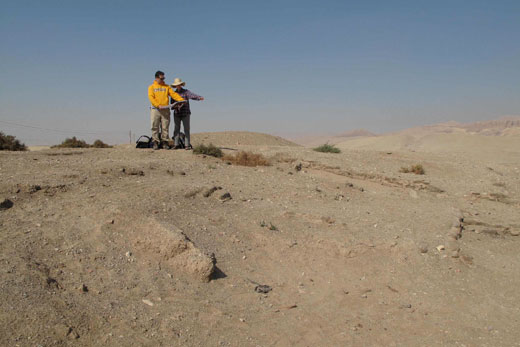It was one of the most sumptuous buildings the ancient world had ever seen. Its floors, walls, and ceilings were decorated with exquisite paintings; its furnishings glittered with gold and colored faience inlay. Erected by Amenhotep III (1390–1353 BC), Egypt's greatest builder, the palace-city was composed of an extensive complex of structures stretching out more than four miles in Western Thebes. To the north stood his immense mortuary temple and site of the famed Colossi of Memnon—statues of Amenhotep himself.
The palace–city of Amenhotep III was created for the festivities marking the king's heb-sed, or jubilee. This festival, an important milestone celebrated during the 30th year of a pharaoh's reign, marked a renewal of his rule. As in everything else, Amenhotep III was not to be outdone, and he elevated this ceremony to a major spectacle. He named the palace at the center Per-Hay, “the House of Rejoicing,” and in it he celebrated not just one but three of these festivals, marking the 30th, 34th, and 36th years of his reign.
The buildings, which were made almost entirely of mud brick, included a temple dedicated to Amun, several palaces, administrative buildings, storerooms, housing for officials, and settlements of the artisans, servants, and other people needed to support the royal court. The structures also included a vast harbor (the Birket Habu), two isolated platforms along the desert edge, and an immense causeway running from the Nile's bank to the west through the desert up to the high cliffs at the edge of the Sahara.

